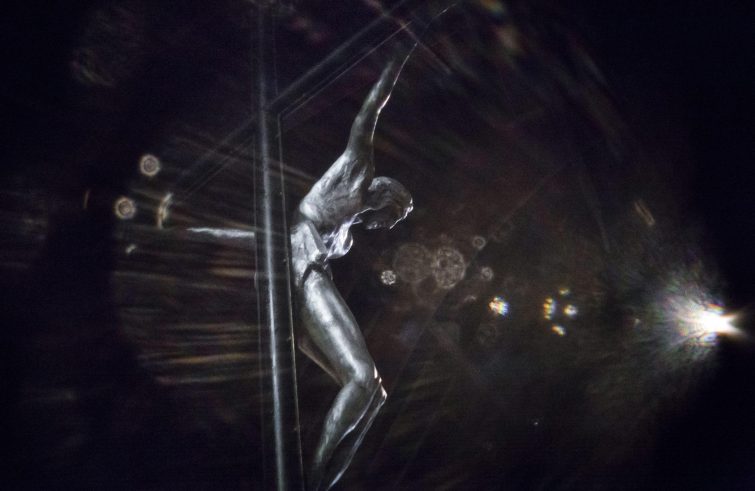
“Ideally, even in dioceses where just one exorcist might be sufficient, there should still be at least two. Not only to better divide the burden of the ‘work’’, since as things stand today an exorcist has also other pastoral responsibilities, but especially because the presence of other exorcist confreres to share reflections and counsel would benefit everyone and help remove the aura of mystery from the exorcist’s ministry, whereby he is perceived as a superhuman or a magician rather than a simple priest, a minister of Christ and of the Church”, said Father Francesco Bamonte,President of the International Association of Exorcists (AIE), whose “Guidelines for the Ministry of Exorcism” (Edizioni Messaggero Padova), a vade mecum of doctrine and praxis in the light of the new Ritual, was published a few days ago.
 Exorcists already had the official texts to refer to in their ministry. What is the purpose of the Guidelines?
Exorcists already had the official texts to refer to in their ministry. What is the purpose of the Guidelines?
After the publication of the Guidelines for AIE members only, several priests and bishops expressed the hope that the document be marketed in view of the good it could do for the people of God, offering a useful text to clarify many of the obscure and confused points that accompany this delicate ministry, along with a valuable catechetical and pastoral tool to counterbalance the many publications that accentuate the sensationalistic aspects of diabolical activity. We made this known to the Congregation for the Clergy and, subsequently, Cardinal Vicar Angelo De Donatis, who had already granted the imprimatur to the Guidelines, authorized its distribution through standard marketing channels.
Is there a training problem of exorcist priests?
Unfortunately many Ordinaries entrust the exorcist ministry to priests who, while endowed with compassion, wisdom, prudence and integrity of life, lack specific preparation to carry out this demanding task. This is the main purpose of the Guidelines. Their primary objective is in fact to
to provide the exorcist priests of our Association with an appropriate tool to exercise their service in a manner corresponding to Church instructions regulating the ministry of exorcism, thereby remedying possible lacunae in their formation.
Moreover, we believe that the Guidelines will contribute to the initial formation of candidates to the ministry of exorcist whenever their Ordinaries deem it useful to avail themselves of our Association, in order to provide them with sound principles and solid guidance in carrying out this delicate and challenging ecclesial service.
Is prayer sufficient to defend ourselves against attacks by the devil?
A life of grace is the true and indispensable defence against the devil’s ordinary and extraordinary attacks. However, a life of grace is not sustained by prayer alone. It needs the Word of God, the Sacraments, the commitment to grow in virtue, especially in humbleness and compassion. This should not be done separately, but in the context of the Church, which is the family of God.
 A chapter of the Guidelines is dedicated to the success of exorcism. Why is there talk of “apparent inefficacy”?
A chapter of the Guidelines is dedicated to the success of exorcism. Why is there talk of “apparent inefficacy”?
Public exorcism, i. e., exorcism with sacramental value, if it is celebrated according to Church directives, is always effective in itself, as an action of Christ and the Church. Especially when a liturgical exorcism is performed, the exorcist never acts in his own name or by virtue of his particular powers, but as an instrument of God, whose power is infinite. However, in this day and age,
rarely is a person who is the victim of an extraordinary action of the devil liberated at the first exorcism, especially in the case of demonic possession.
This may raise much doubt and perplexity, therefore it is necessary to fully understand the reason for these delays in liberation from the evil one, so as to prevent erroneous responses to the apparent ineffectiveness of the exorcism, i.e. when liberation from the devil is not immediately achieved.
In the collective imagination, the exorcist is the one seen in many Hollywood films. Is there some element of truth this depiction?
In fact, none at all, starting with the scary horror ambience, which is exactly the opposite of what happens when a real exorcism is celebrated according to Church instructions.
Exorcism is indeed a very intense experience of faith, in which the living presence of Jesus, of Our Lady, of the Angels and Saints is perceivable.
Everything occurs in an atmosphere of peacefulness and intense joy, completely unrelated to the depiction presented to viewers by films and TV, distorting reality.


